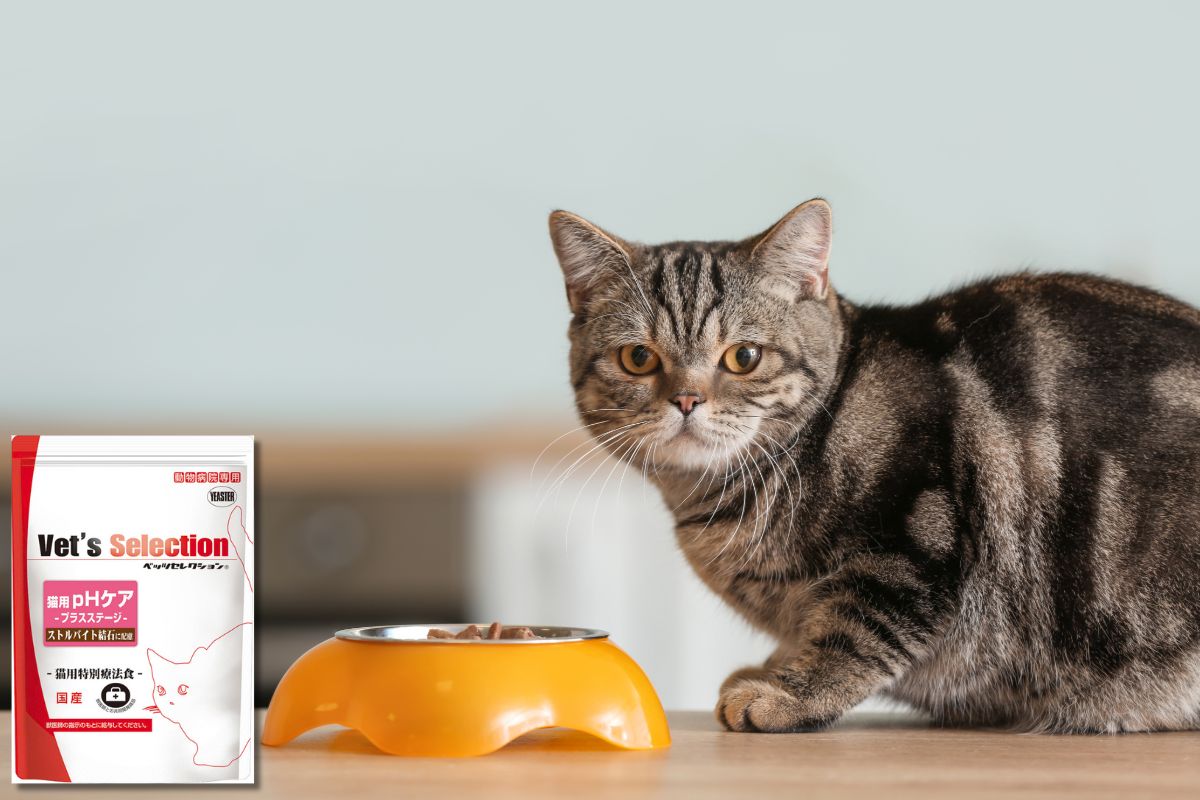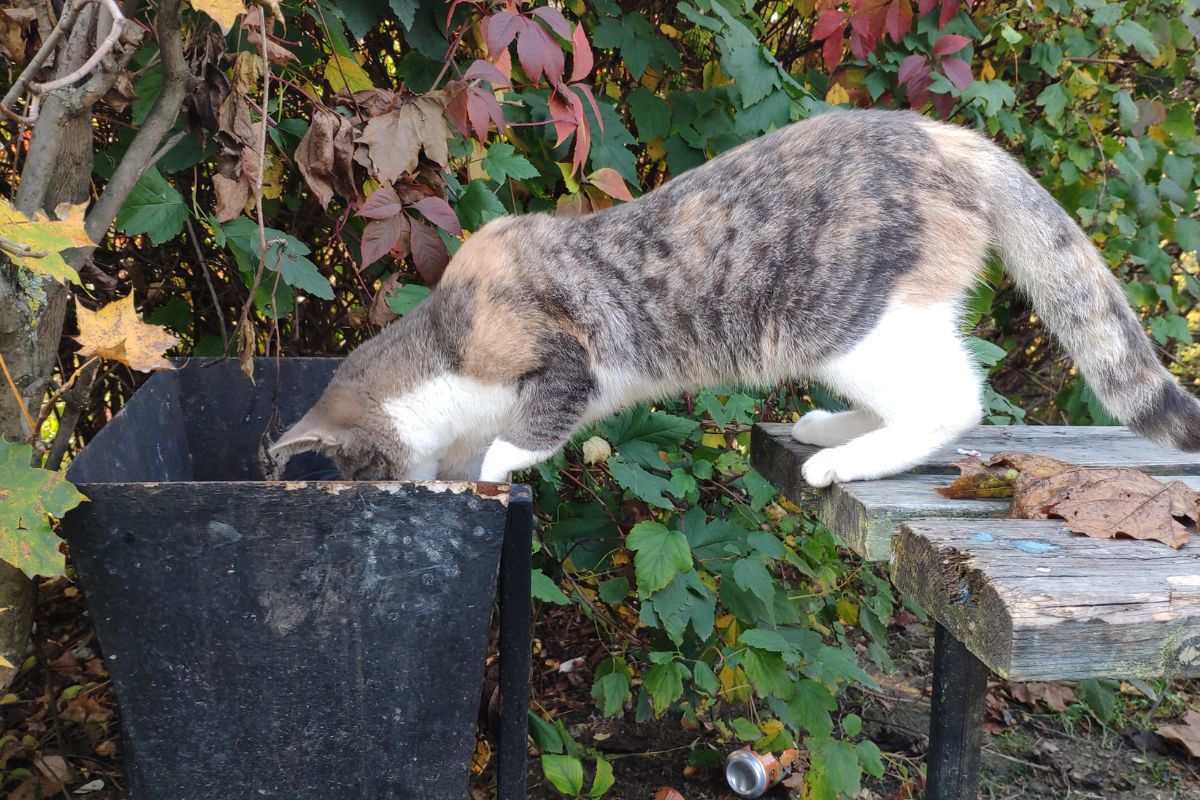Fungal skin infections are among the most common skin issues in cats, causing itching, hair loss, and directly affecting their overall health. Many people think fungi only appear when cats live in dirty environments, but in reality, even small daily habits can increase the risk of infection more than you expect. Below are 7 habits you should pay attention to — along with practical solutions to prevent them.
1. Not cleaning the litter box regularly
A dirty litter box is the perfect breeding ground for bacteria and fungi. When your cat steps into the box, fungal spores can stick to their paws and fur, spreading around your home.
Solution: Scoop waste from the litter box daily and replace all the litter at least once or twice a week. Wash the litter tray with hot water or a pet-safe cleaning solution to kill germs and spores. A clean litter box reduces the risk of fungal infections and keeps unpleasant odors away.

2. Bathing your cat too often or the wrong way
Bathing too frequently strips away the natural protective oils on your cat’s skin, leading to dryness and making it easier for fungi to invade. On the other hand, rinsing poorly or leaving shampoo residue can irritate the skin.
Solution: Only bathe your cat when necessary (for example, when they get dirty, sticky, or haven’t groomed themselves for a long time). Always use a pH-balanced shampoo designed for cats. For long-haired cats, regular brushing can remove dirt without the need for frequent baths.

3. Not drying your cat’s fur properly after a bath
Damp fur creates an ideal environment for fungal growth, especially in hidden areas like the armpits, belly, and between the toes. Some owners only towel dry and let the cat air-dry, which keeps the fur moist for too long.
Solution: After bathing, use a soft towel to absorb as much water as possible, then blow-dry with a pet-safe dryer on a warm (not hot) setting. Pay extra attention to areas that tend to trap moisture, but avoid high heat to prevent burns.
4. Sharing items between cats without disinfecting them
Fungal infections can spread quickly through indirect contact, especially via grooming tools, towels, food bowls, and litter boxes. If one cat is infected, the others are at high risk.
Solution: Give each cat their own personal items. If sharing is unavoidable, disinfect the items with boiling water or a pet-safe cleaning agent after each use.
5. Poorly balanced diet
A weak immune system is one of the main reasons cats become more susceptible to fungal infections. Diets lacking essential vitamins and minerals reduce the skin and coat’s natural defenses.
Solution: Provide a balanced diet rich in protein, healthy fats, vitamins, and minerals. You can consider high-quality options like Vet's Selection PH Care Plus stage made in Japan, which not only meet daily nutritional needs but also support healthy skin and coat, helping your cat resist fungal infections.

6. Skipping regular health check-ups
Many skin diseases, including fungal infections, are hard to detect in their early stages. Without regular check-ups, the condition can silently progress and spread.
Solution: Take your cat to the vet at least once or twice a year, or as soon as you notice symptoms such as patchy hair loss, excessive itching, or flaky skin. Early diagnosis makes treatment easier and prevents the infection from spreading to humans or other pets.
7. Allowing contact with stray cats or dirty environments
Stray cats and dirty places like garbage dumps or drains are full of germs and fungal spores. Contact with these environments can expose your cat to dangerous pathogens.

Solution: Limit your cat’s contact with unfamiliar animals, especially strays. If your cat has been outdoors, check and clean their fur — particularly their paws — with a damp cloth or a pet-safe cleaning solution as soon as they come back inside.
Fungal skin infections in cats are not only uncomfortable for your pet but can also spread to humans. Identifying harmful habits and making small adjustments — paired with practical solutions — can significantly reduce the risk. With good hygiene, proper nutrition, and regular vet visits, you can help your feline friend stay healthy, happy, and fungus-free.


 Vietnamese
Vietnamese  日本語
日本語  English
English 



